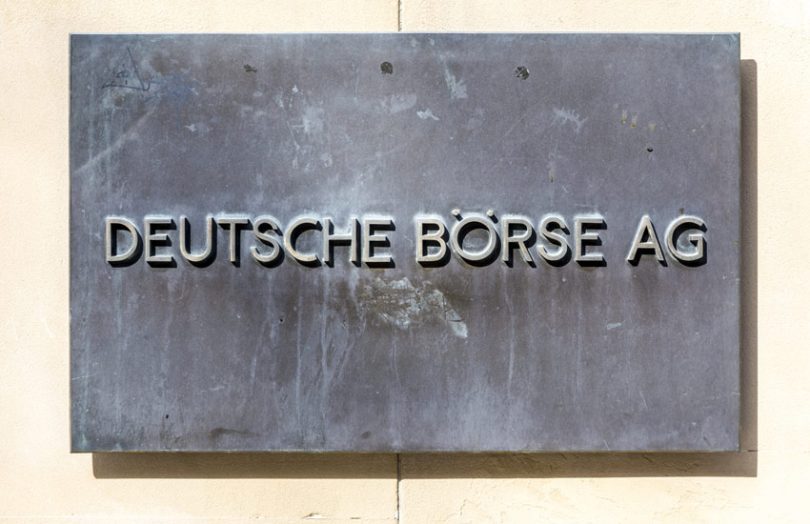Talking on a panel at the European Blockchain Convention, Simon Seiter, Head of Digital Assets at Deutsche Börse, spoke about disintermediation and blockchain.
Seiter said the desire to disintermediate was a reasonable one. “Ultimately, efficiencies will only be gained if you get to the level of bilateral transactions,” he said. When he worked at Commerzbank, there was a blockchain-based direct placement from one corporate to another. But the companies wanted to know who would provide the price, a role previously done by an intermediary.
“There will still be services that are of value and these can be, for example, connectivity to liquidity pools, it can be the provision of reference data, it can be something like pricing, efficient matching algorithms and stuff like that,” said Seiter.
Current services may need to evolve and be delivered in a way that’s suitable for a distributed world. One example is the Deutsche Börse has a central security depository (CSD) as one of its core services. That’s still a European legal requirement for securities but is likely to change.
The stock exchange has already provided an example of one type of evolution with the HQLAX project. HQLAX enables baskets of collateral to be traded amongst banks without moving the underlying securities, which remain at the original custodian. The Deutsche Börse provides its Trusted Third Party service that sits between the custodians and the digital collateral registry.
And Seiter sees more possibilities for this sort of thing. “We currently have this connection to markets. And I think it’s beneficial for everybody if we could leverage that even further in the crypto world,” he said.
Darko Pilav of Digital Asset distinguished between two types of intermediaries. There are those that are providing value-added services that won’t go away. And others that make profits from inefficiencies. When blockchain removes those inefficiencies, these profits will disappear.
Custody is key
Turning to the future of digital assets, Seiter was clear that the stock exchange wants to connect to both public and permissioned blockchain systems as well as their own network. And he sees custody as providing the connectivity, not just the key management.
“An asset that lives on a public chain or another permissioned chain, is only living on this chain. You cannot pull it off (the chain),” he said. But you can manage the custody function.
“If we want managed positions on our systems, even within the current accounting systems, or otherwise in the network we’re building on our own, then we have to manage these positions by connecting to the chains where these assets are actually living through a dedicated custody function.”
Beyond HQLAX, other projects that the Deutsche Börse has openly discussed include its investment in FundsDLT through its Clearstream post-trade subsidiary. FundsDLT was started by the Luxembourg Stock Exchange and provides a platform that uses blockchain to connect the mutual funds world, sharing data between the asset manager, distributor and client investor.
More recently, Deutsche Börse was involved in a trial with the Deutsche Bundesbank that enabled cash on ledger to settle a securities transaction atomically. The solution integrated with the existing Target-2 settlement system.






